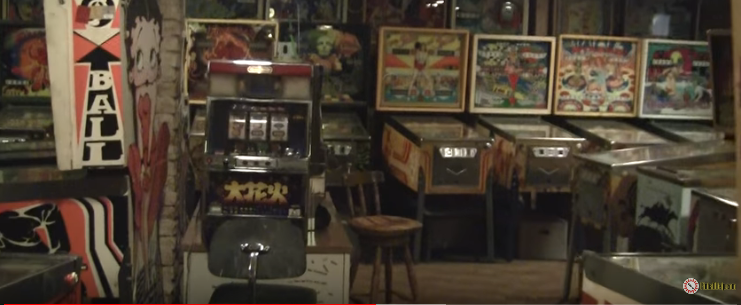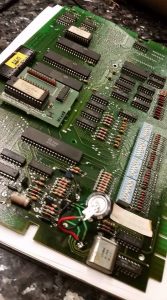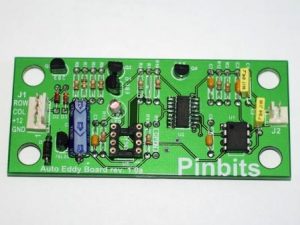Pinball machines (as well as other arcade games) use a wide variety of wires and connectors. The most popular brand of connectors is called “Molex” which is a specific maker, but also a generic term often referred to as the plug/un-plug style connectors you will find on everything from power supply wiring to board connectors.
In this video, I go over the most common sizes and types of connectors you’re likely to find, what tools are available and how to rebuild and re-pin these connectors.



